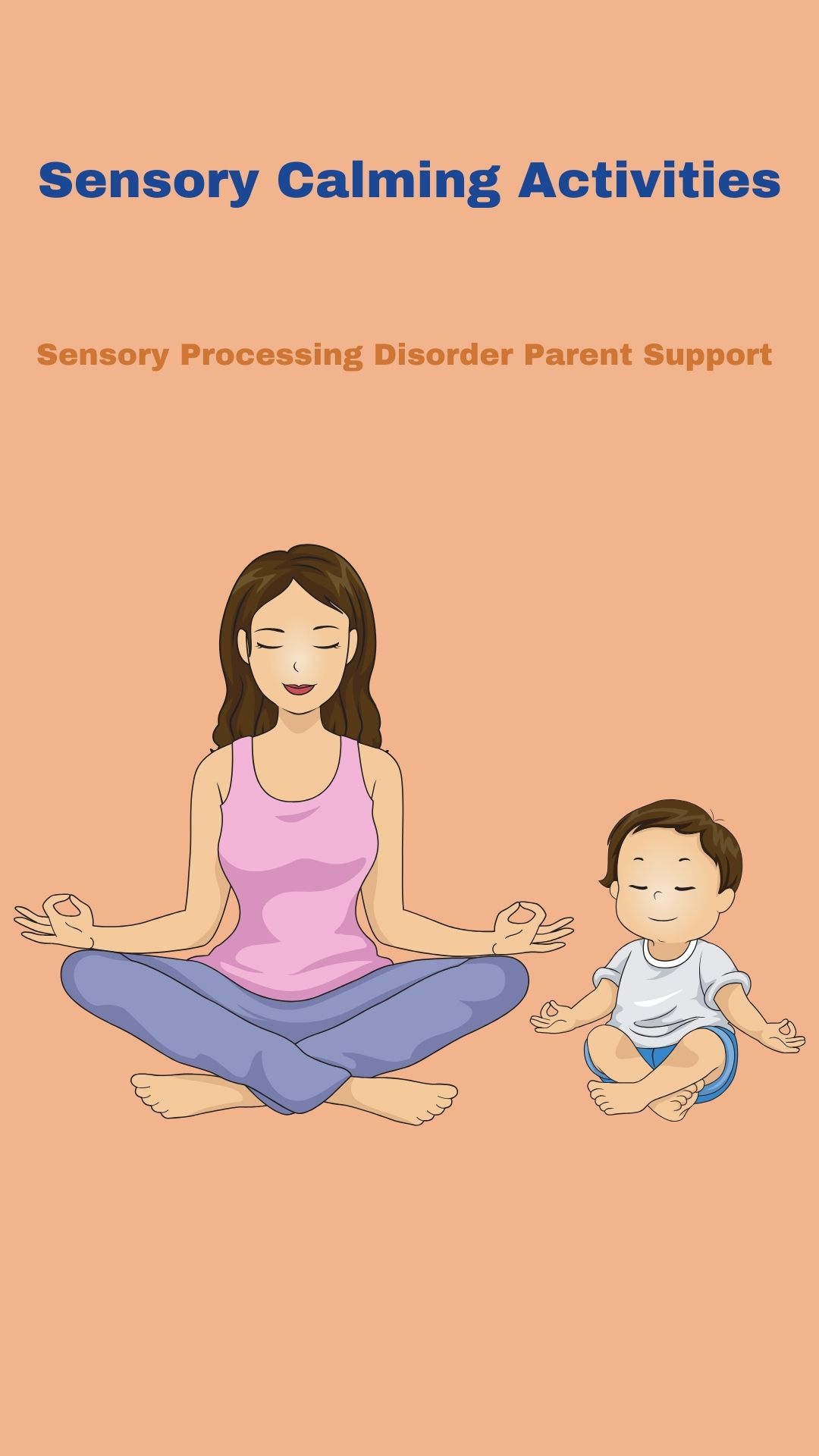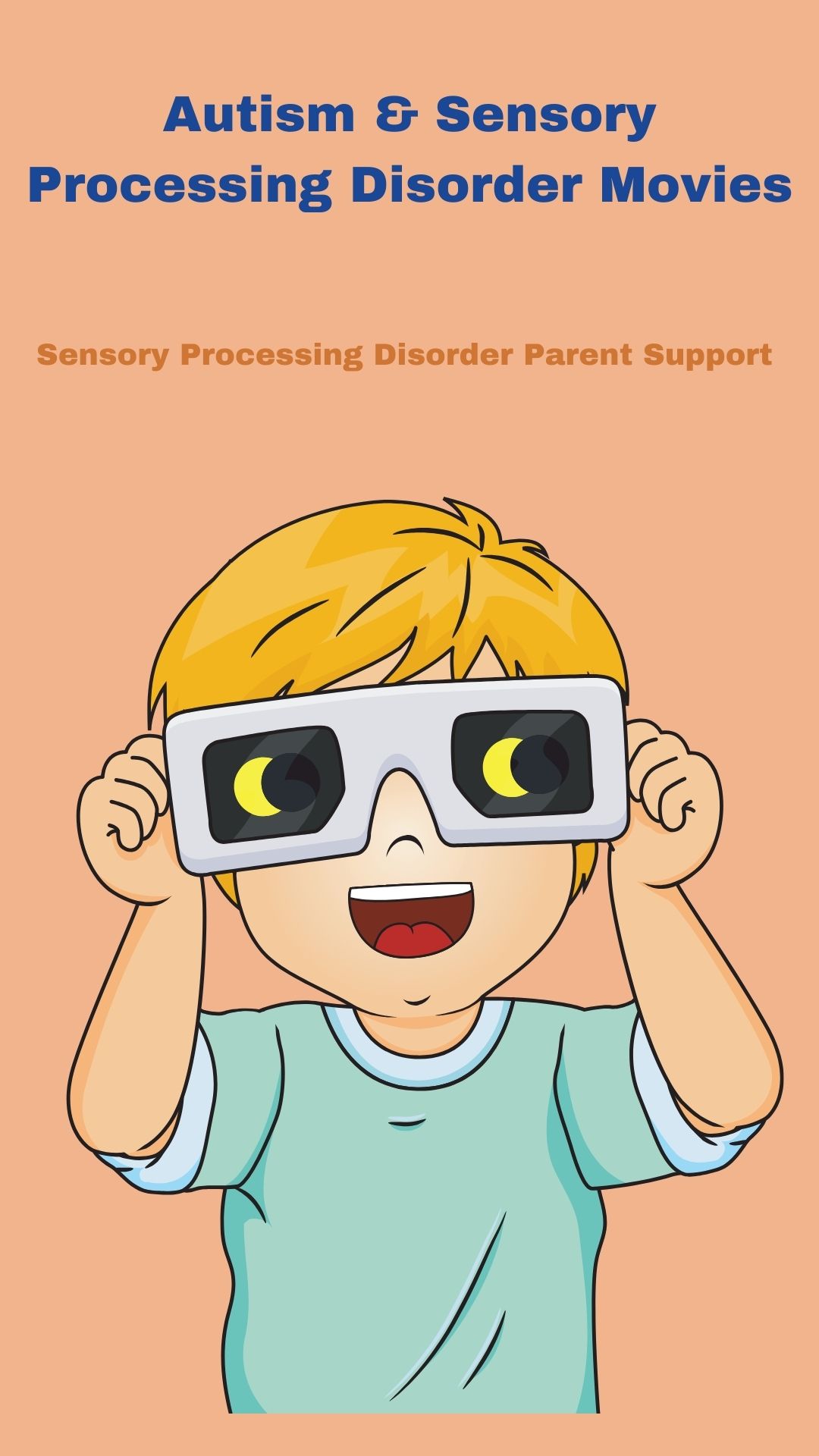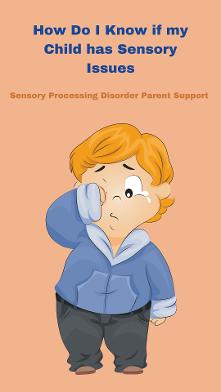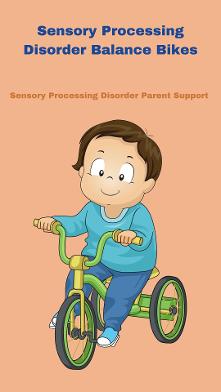Sensory Friendly Classroom
Walking into a classroom can be very overwhelming for a child with sensory processing disorder, I can completely understand why. A classroom is a very overstimulating place for children who are trying to learn.
There are brightly colored posters all over the walls and it is so noisy. That is a lot of sensory input for one child to be expected to take in while trying to learn.
Sensory processing disorder affects a lot of children and can make it challenging for them to be in a traditional classroom setting because it can cause them to have difficulty with attention, socialization, and learning.
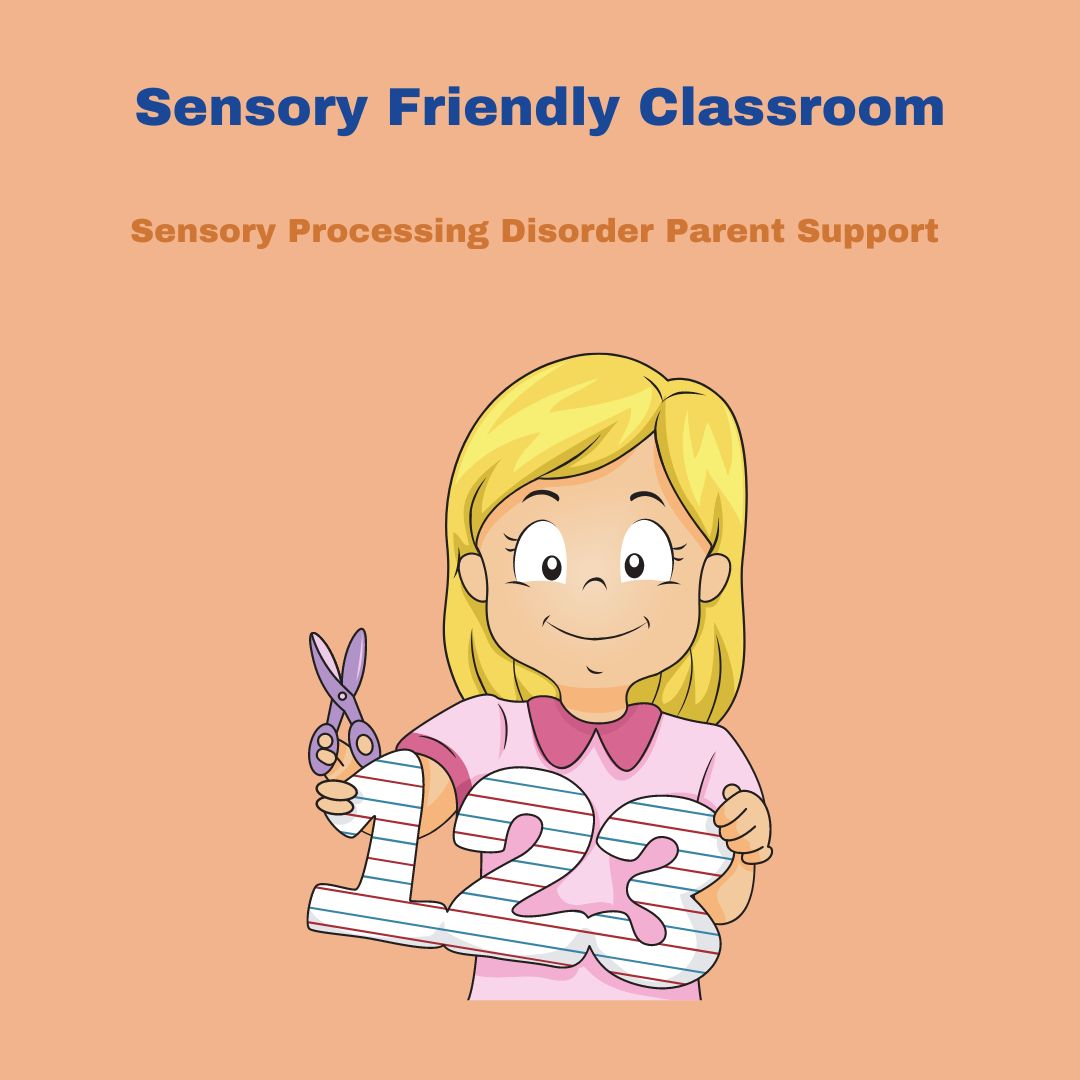
Creating a sensory friendly classroom is so important for children who are struggling with sensory differences. A sensory friendly classroom will promote a positive and inclusive learning experience for all children.
Understanding sensory processing disorder and implementing adaptations in the classroom, teachers can create an environments that support the unique sensory needs of all children.
Reducing sensory distractions can allow children to concentrate more effectively. Sensory friendly environments promote a sense of comfort. In a sensory friendly environment children may be encouraged to interact with their peers.
Accommodations for sensory differences optimize learning outcomes by addressing individual learning styles. Sensory friendly classrooms minimize sensory triggers for children which can cause children to have sensory meltdowns and sensory overload. s tantrums or meltdowns. Providing a welcoming and supportive environment can truly boost a child's self-confidence.
Sensory differences involve atypical responses to sensory input. Children with these differences may exhibit overreacting to sensory input like bright lights or loud noises. Sensory Seeking would be a child craving sensory input like rocking, spinning or jumping.
- Use natural light or dimmable lights
- Provide noise-canceling headphones to minimize auditory distractions
- A space for sensory toys and other tools to promote self-regulation
- Using wobble cushions, bean bags chairs or alternative seating options
- Use visual schedules
- Offer fidget toys or weighted blankets
- Use calming colors and reduce classroom clutter
- Provide visually organized spaces and walls
- Provide a calming sensory area with sensory tools
- Providing clear and consistent instructions visually and orally
DISCLAIMER: I am not an Occupational Therapist. I am an adult who has Sensory Processing Disorder, a sensory parent and a Grandma. The information on this website is not medical advice and does not replace the information that your child's therapists gives you. These are just ideas and information that I have learned myself over the years of being a parent and an adult living with SPD. If you are concerned for your child, please always seek medical attention through a family doctor, pediatrician or therapist. This website is for suggestions and informational purposes only. Each child is different and what works for one child may not for another because all children have different needs. Please always consult with a professional.
Amazon offers a small commission on products sold through their affiliate links on my website. Each of your purchases through links on my website for Amazon affiliation links or sponsored links supports me but at no additional cost to you so thank you for your purchases. I appreciate it so much!
